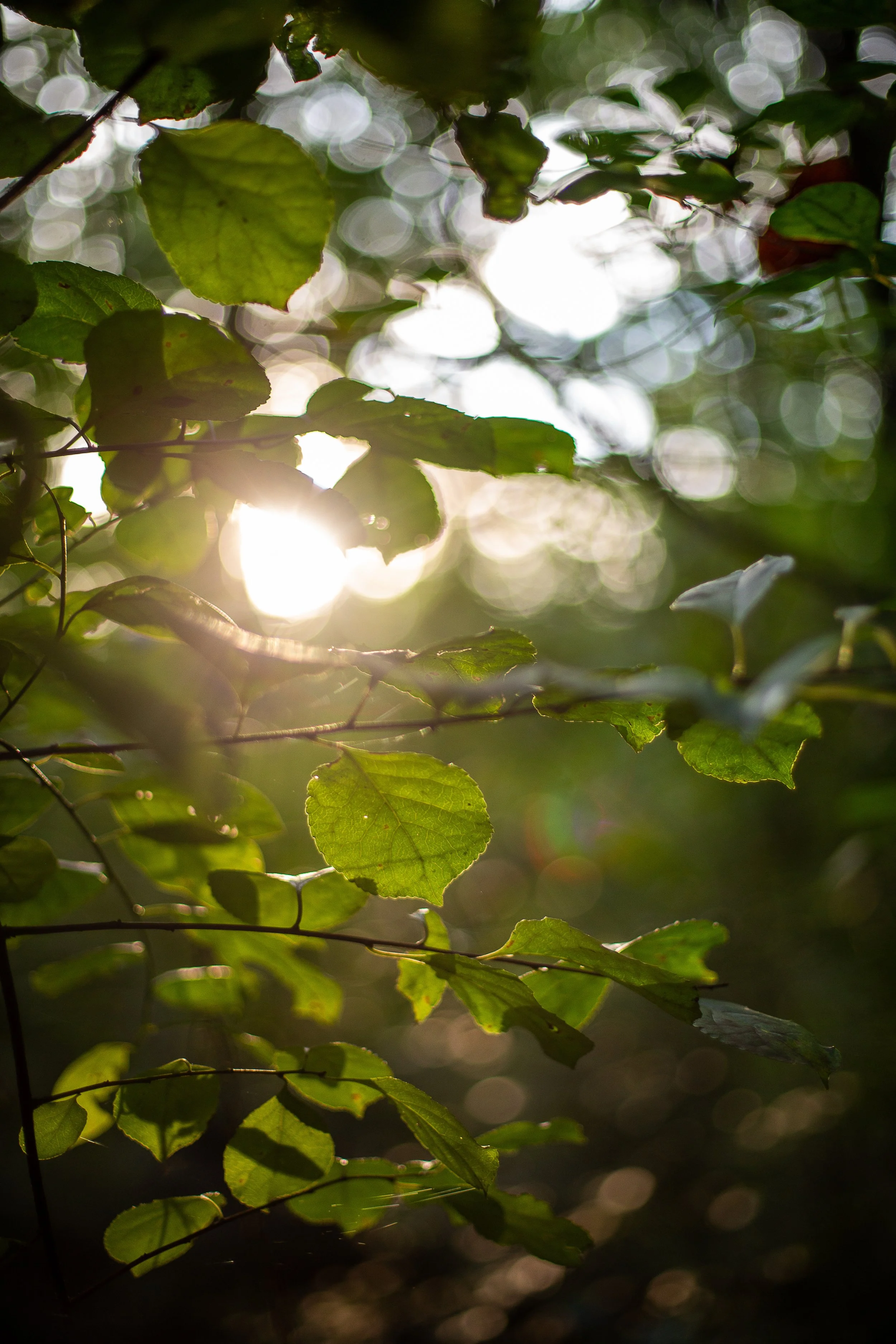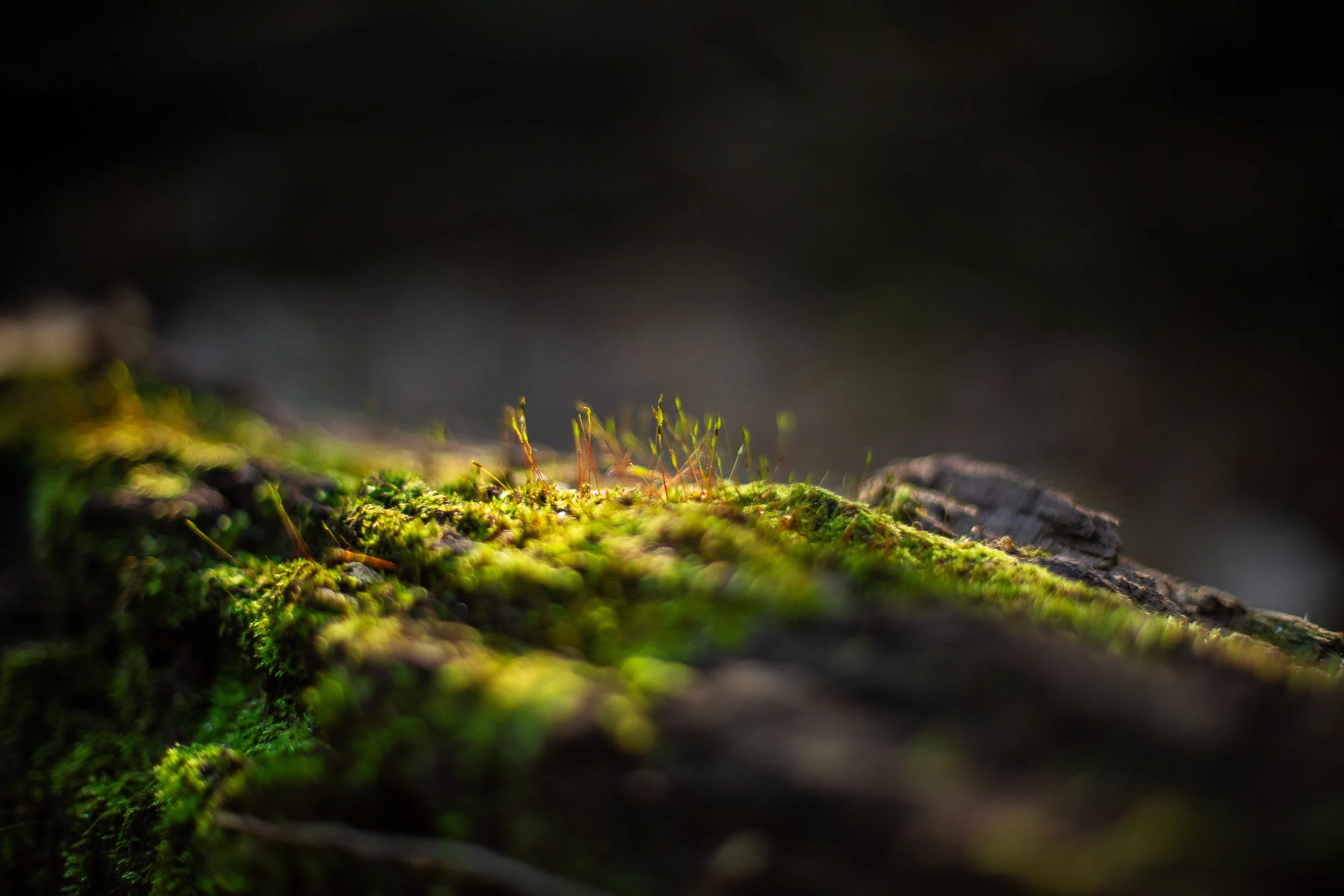
Why Natural Burial
Natural burial is an intentional process that gently returns our bodies to the earth in a way that is simple, beautiful, and sustainable.
What makes a burial natural?
The hallmark components of natural burial are simplicity and environmental sustainability.
The body is laid to rest in a casket, carrier, or shroud made of natural, biodegradable materials—without a vault, grave liner, or embalming.
Family and friends take part in the burial process in whatever way feels right. After burial, a natural stone memorial marker is placed flush with the ground.
Natural burial perpetuates the natural cycle of dissolution and regrowth.
Natural burial is a growing movement because it
Protects funeral workers’ health
By avoiding embalming, natural burial prevents exposure of funeral workers to embalming fluids that contain toxins like formaldehyde, which is hazardous to the people who handle it.
Conserves valuable materials
Natural burial avoids interment of caskets made of hardwood, steel, copper, bronze, and other valuable resources. Only readily biodegradable materials are used in natural burial.
Offers affordability
By avoiding vaults, grave liners, and hardwood or metal caskets, natural burials are typically more affordable than conventional burials. At Reflection Park, costs are also reduced by operating as a non-profit organization.
Connects us to tradition
One of the major reasons people are drawn to natural burial is its roots in tradition: for millennia everyone was buried this way.
Preserves the natural environment
Natural burials promote growth of vegetation, which sequesters carbon that otherwise contributes to climate change. In addition, many natural burial grounds—including Reflection Park—have forest conservation areas and hiking trails to protect and support access to natural resources.

For those who seek to understand it, death is a highly creative force. The highest spiritual values of life can originate from the thought and study of death.
—Dr. Elisabeth Kübler-Ross, Death: The Final Stage of Growth


